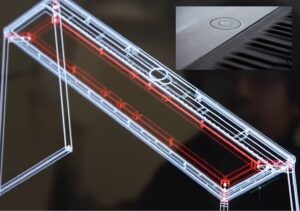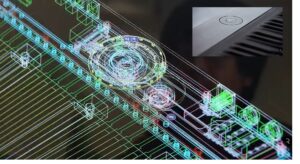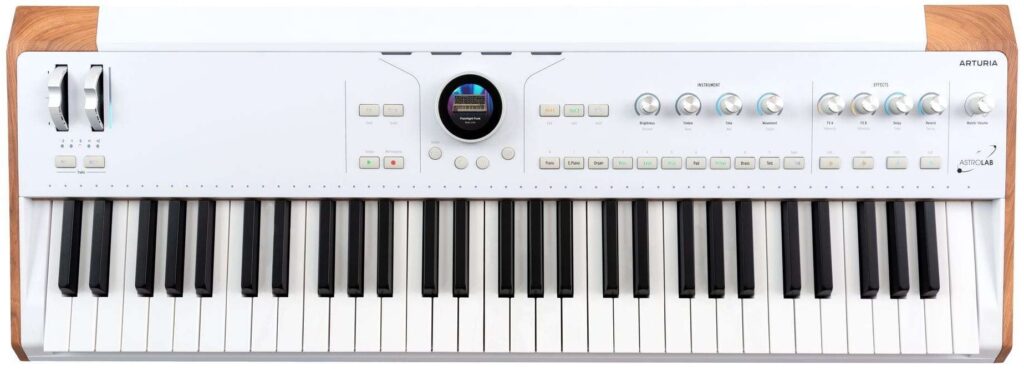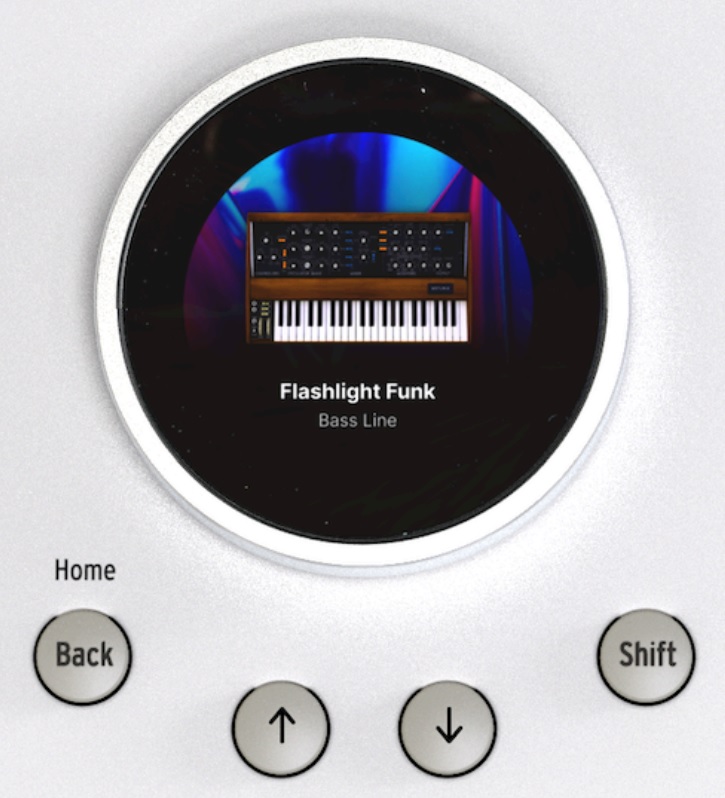Floobydust from the the music tech world…
Arturia AstroLab update
Arturia Astrolab got a major update to version 1.3. The update adds several engines: Avid V (Roland TB-303 emulation), MiniFreak V, Augmented Brass and Augmented Woodwinds. The Mini V (Moog Minimoog emulation) and Wurli V have remodeled engines, consistent with V Collection X. There are 200 presets for the new engines with 90 new “tribute” presets thrown in for good measure. Of course, there are bug fixes and such.
Analog Lab integration got a boost. Astrolab owners now get a permanent upgrade offer to V Collection and Pigments. You need Analog Lab for detailed editing and the new upgrade offer takes the sting out of purchasing V Collection.
Personally, I’m glad to see Augmented Brass and Augmented Woodwinds. I took the plunge for Arturia’s Augmented Collection and still haven’t plumbed its depths.
Arturia AstroLab Update 1.3 playthrough video
Roli October 8
Roli have been announcing and teasing. They have rolled (pun intended) LUMI into the ROLI brand. Probably should have been that way from the start…
LUMI Keys is now called “ROLI Piano M”. As usual, one can expect to see a single unified website for all Roli products.
Roli are teasing a major announcement for October 8. All the usual hype about “there’s music in everyone,” “free the music”, “game changing” and a bunch of Gen [whatever} types reacting to a demo. The words “sleek design” and “talk to it” stand out from the videos. Who knows?
“We changed the piano. What’s next changes everything.
Join the list to be the first to know about the next wave of musical innovation for creators and learners, coming October 2024.” [Roli]
Two screen grabs above caught my attention.
I don’t know of any existing Roli product that looks like it. Maybe a stand or frame for snapping and holding your Roli modules together/ An integrated synth and speaker? I could really use one of them because I can’t take my Lumi Keys and Lightpad M out of the studio. Magnets alone aren’t good enough for gigging.
I’m happy to see Roli innovating, again, and not just shuffling deck chairs on the Titanic.
Ableton October 8
Well, well, October 8th will be a busy day. Ableton are teasing “Move” for October 8. Ableton’s European trademark (application number 018907095) will be used in the following businesses:
- Musical instruments, in particular electronic musical instruments; Sound effect devices as musical instruments
- Computer hardware for music and sound production
- Digital controllers for musical instruments in the form of audio interfaces
- Musical Instrument Digital Interface (MIDI) controllers
- Equipment for creating and editing music and sound, namely music sequencers
- Music and sound samplers; bags for computers
The USPTO approved wordmark “Ableton Move” for publication on September 28, 2024 (serial number 98104829). The U.S. trademark is coming kind of late thanks to the USPTO diddling with the description of businesses. I kid you not — lawyers get paid to play with this nonsense. 🙂 [The new descriptions are mere swizzles.]
Yamaha Synth 50th Anniversary
Yamaha USA have published a special content site Yamaha Synth 50th Anniversary. You’ll find chronologies and Yamaha synth history.
It’s worth reading through the history sections as you’ll learn new interesting tidbits about synth — and stage piano — development. There are eight chapters although chapter 7 is labeled “Coming soon.” I noticed that the chapter about recent history mentions the stage CP pianos, but not the stage YC organs. No mention of Montage M, AN-X or Virtual Circuit Modeling (VCM), either. Hmmm?
Copyright © 2024 Paul J. Drongowski




